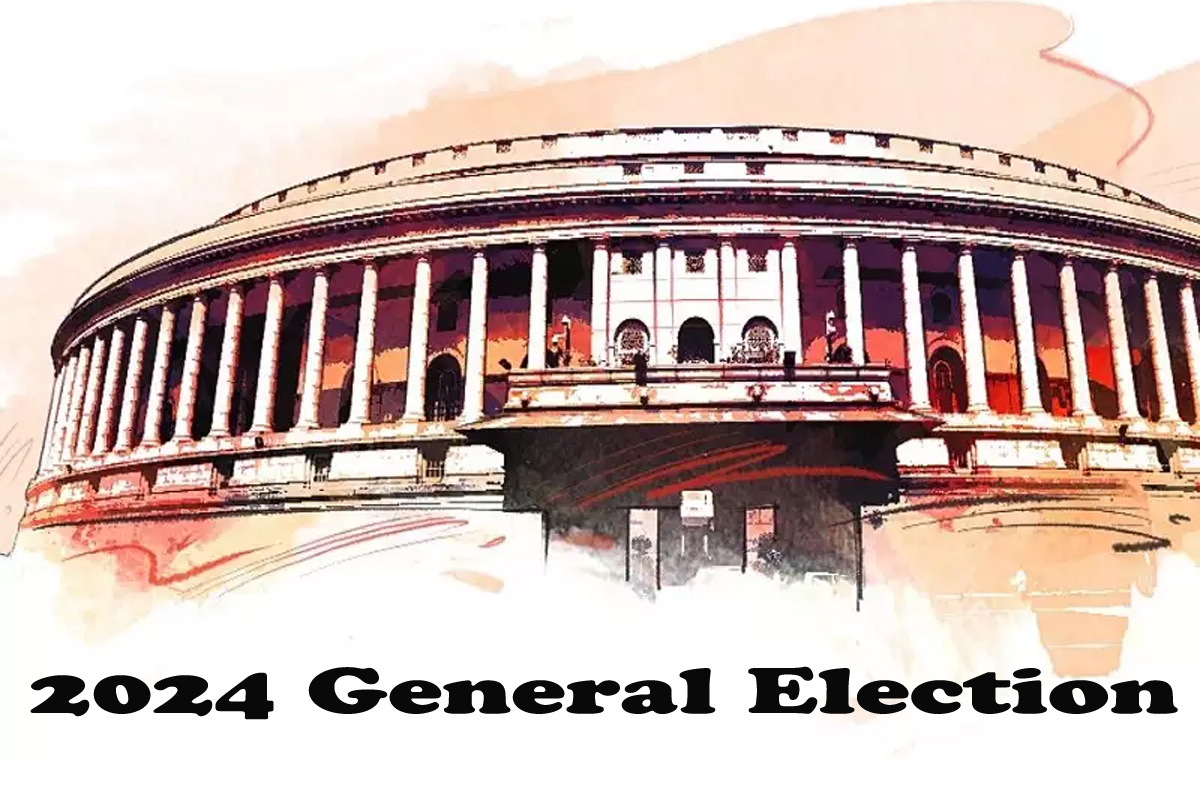Those looking to read the tea leaves will need to wait for another kettle to come to a boil and then repour. The results of the Assembly polls in Gujarat and Himachal Pradesh on Thursday, preceded by those of the Municipal Corporation of Delhi (MCD) election the day before, show there is no clear evidence of how the electoral fortunes of India’s major political parties will pan out over the months leading up to the 2024 General Election.
Those caught up by the breathless media coverage of the poll results and the ~ often bombastic ~ claims of party spokespersons could be forgiven for thinking a seismic shift in the political landscape has taken place after the just-concluded round of elections. Not so.
Advertisement
Yes, the ruling Bharatiya Janata Party (BJP) has been led by Prime Minister Narendra Modi to a seventh consecutive victory in his home state of Gujarat with an unprecedented number of seats. It is an achievement without parallel in many ways. But the BJP also suffered a setback in Himachal Pradesh which it lost decisively to the Congress.
In the Delhi municipal polls, it was beaten by the Aam Aadmi Party fair and square though in a close election. So, a state each to the two major national parties, BJP and Congress, and a major municipal poll victory for the third, AAP, though we must wait for the Election Commission to ratify its national party status.
The poll results were along expected lines, with the performance of the national parties providing very few portents about how they are likely to fare in the next round of major state elections in 2023 and 2024 Lok Sabha poll. Even the by-poll results were a mixed bag. The Samajwadi Party (SP) retained the prestigious Mainpuri Lok Sabha seat in Uttar Pradesh (UP).
The BJP, while it wrested the Rampur Sadar Assembly seat in UP from the SP and the Kurhani Assembly constituency in Bihar from the ruling Janata Dal UnitedRashtriya Janata Dal alliance, lost Khatauli in its western UP stronghold to SP ally Rashtriya Lok Dal. The Congress retained the Assembly seats of Bhanupratappur in Chhattisgarh and Sardarshahar in Rajasthan, both states where it is in power on its own.
The Biju Janata Dal, meanwhile, continued its dominance in Odisha, winning the Padampur Assembly seat. Regional parties, as can be gauged from the by-poll results, too have nothing major to crow about or, indeed, lament because of the by-poll results.
The bottom line is that for all the sound and fury of their post-verdict narratives, neither the national parties nor the regional forces even if they manage to form a cohesive front can claim the election results have significantly changed the status quo.
The BJP remains the party to beat in 2024 and Mr Modi retains his status as the clear frontrunner for the top job. But given the BJP’s electoral over-dependence on the North and West of the country, even minor slips in its strongholds could prove to be the proverbial banana skin. Time will tell.











